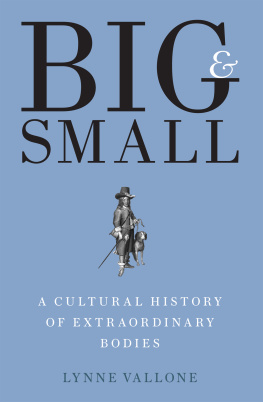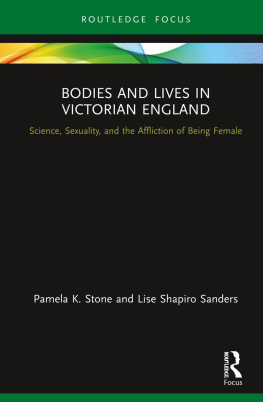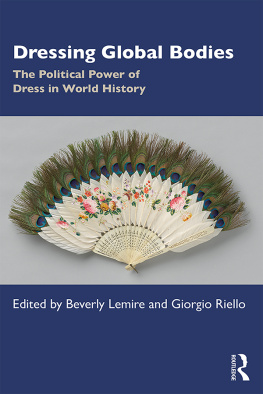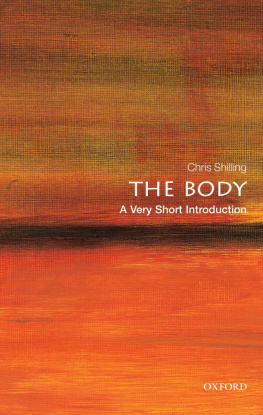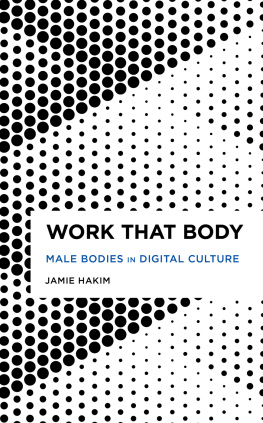BIG AND SMALL

Copyright 2017 Lynne Vallone
All rights reserved. This book may not be reproduced in whole or in part, in any form (beyond that copying permitted by Sections 107 and 108 of the U.S. Copyright Law and except by reviewers for the public press) without written permission from the publishers.
For information about this and other Yale University Press publications,
please contact:
U.S. Office:
Europe Office:
Set in Minion Pro by IDSUK (DataConnection) Ltd
Printed in Great Britain by Gomer Press Ltd, Llandysul, Ceredigion, Wales
Library of Congress Control Number: 2017948471
ISBN 978-0-300-22886-1
A catalogue record for this book is available from the British Library.
10 9 8 7 6 5 4 3 2 1
For my parents
CONTENTS
PLATES
ACKNOWLEDGMENTS
How did I come to write this book, who helped, and why did it take me so long? These are the questions (well, the first two, at least) that I often ask when I turn, invariably, to the acknowledgments pages in any academic book that I pick up. Its where Im likely to find storiesan addiction of mineand maybe some people whom I know. Heres the story of my booka story that cannot be told without many thank yous along the way.
This book is about bodily size. When I was in graduate school in the 1980s, alterity was a hot topic. We were taught to recognize and appreciate how race and class and gender impacted the texts we read and analyzed. For the most part, I found this approach to be eye-opening and rewarding; everything I read seemed to be illuminated through considerations of these positions. The cosmos shifted when male, for example, was no longer universal, when identity politics, so called, became a way of interpreting the world around us and the people (and characters) in it. We know the world through size, as well. Thats perspective, surethe human measure were attracted tobut paying close attention to bodily size difference is akin to race and class and gender: everything that always has been right in front of us looks/feels new.
As a grown-up who locates one aspect of her readerly identity in childrens books, who transformed an early love of literature into an academic career teaching, reading, and writing about childrens literature and culture, I have always been intrigued by the relationships between adult and child. It took me some years before I realized that in addition to age difference, size difference, being big or being small, played an important role in that interest. And I was off, studying miniatures and giants of various kinds, in literature and in life, from the seventeenth century and from yesterday.
This almost anthropological and sociological, as well as literary and cultural and visual analysis, took many years to write and I have many institutions, organizations, colleagues, friends, and family to thank for their part in assisting Big and Small and for supporting me.
I began this work while a member of the Department of English at Texas A&M University. Big and Small was supported through a sabbatical semester overseen by Dean Charles Johnson and encouraged by two different department heads, J. Lawrence Mitchell and Paul Parrish. Larry Mitchell deserves special recognition as an early champion of childrens literature studies in general and my work, in particular. I appreciate his many years of good advice and admire his dedication and hard work on behalf of all of his faculty members. My academic and personal life was greatly enhanced by the intelligence, companionship, and good cheer of many colleagues and students who were also great friends. Mere words are inadequate to express my thanks to Dennis Berthold, Sara Day, Susan Egenolf, Sonya Sawyer Fritz, Marian Eide, Kate Kelly, Pam Matthews, Amy Montz, Claudia Nelson, Larry Reynolds, Jim Rosenheim and Laureen Tedesco for the gifts of their friendship. I miss all yall very much.
My move from Texas A&M University to Rutgers UniversityCamden, required a departmental shift as well as an institutional one, a shift that impacted Big and Small in significant ways. Inspired by the vision and determination of Dean Margaret Marsh, in 2007 Rutgers UniversityCamden became the first Ph.D.-granting department of Childhood Studies in the nation. The multidisciplinary nature of the study of children and childhood and the department we created to assist in this work helped to transform my teaching and research. My brilliant colleagues in Childhood StudiesMeredith Bak, Sarada Balagopalan, Kate Cairns, Dan Cook, Dan Hart, Wenhua Lu, Susan Miller, and Lauren Silverhave impacted my thinking and writing and have made the mutual childhood studies project immensely rewarding and fun. My partner in crime, Dan Cook, who made the decision to jump to Childhood Studies at the same time I did, makes me laugh and through his dedication reminds me why this work is important. I have had the honor of teaching many terrific graduate students over the years. I wish to acknowledge former doctoral students Lara Saguisag, Deborah Valentine, and Nyeema Watson, in particularsmart and dear friends who are extending the vision of childhood studies in multiple arenas. I am also grateful to Dean Kris Lindenmeyer, a stalwart supporter of childhood studies, and to Rutgers Universitys sabbatical leave program which funded a years research leave and two Research Council grants in support of this project. I would also like to acknowledge and extend my appreciation for the assistance given to me by my former graduate assistant, Patrick Cox, who helped with the bibliography and other research tasks. I and my colleagues benefit daily from the assistance of our secretary, Joann Schroeder, who was immensely helpful to me when I was working on obtaining permissions, in particular.
The Childrens Literature Association has assisted Big and Small through its congenial and intellectually stimulating conferences and through the award of a Faculty Research Grant. I would like to thank my many colleagues and friends from the childrens literature/history of childhood scholarly communitythose who attend the ChLA and International Research Society for Childrens Literature and Society for the History of Childhood and Youth conferenceswho have patiently listened to numerous presentations on giants and miniatures over the years and who have asked important questions along the way. I offer my gratitude to scholars who have invited me to give talks about Big and Small at their universities: Peter Hunt from the University of Cardiff, Wales; Julia Mickenberg from the University of Texas; Kimberley Reynolds and Matthew Grenby from Newcastle University, UK; Bengt Sandin from the University of Linkping, Sweden; Astrid Surmatz from Linnaeus University (formerly Vxj University), Sweden; Laureen Tedesco from East Carolina University.
I would also like to thank the poets Jay Curlin and James Richardson for their willingness to see their words in my book (and permission, in Jay Curlins case). I am honored to be able to include them. Grateful acknowledgment is made to Copper Canyon Press for permission to reprint James Richardsons Big Scenes. I wish to extend my appreciation to the anonymous readers of the manuscript for their insights, comments, and suggestions; I was humbled by their enthusiasm for this project.
Numerous librarians offered their time and invaluable expertise to me as I worked to obtain permission to reproduce many of the images in the book. Big thanks are owed to Dr. John Boneham, Reference Specialist in the Rare Books and Music Collection at the British Library; Vibiana Cvetkovic, Head of Access and Collection Services at Rutgers UniversityCamden; Dr. Andrea Immel, Curator of the Cotsen Childrens Library, Princeton University; Arlene Shaner, Historical Collections Librarian at the New York Academy of Medicine; Adrienne Saint-Pierre, Curator of the Barnum Museum. James D. Keeline generously shared with me his deep knowledge of the publication history of the Stratemeyer Syndicate and set me on the right path when I had nearly given up hope of finding the current copyright holder.
Next page
